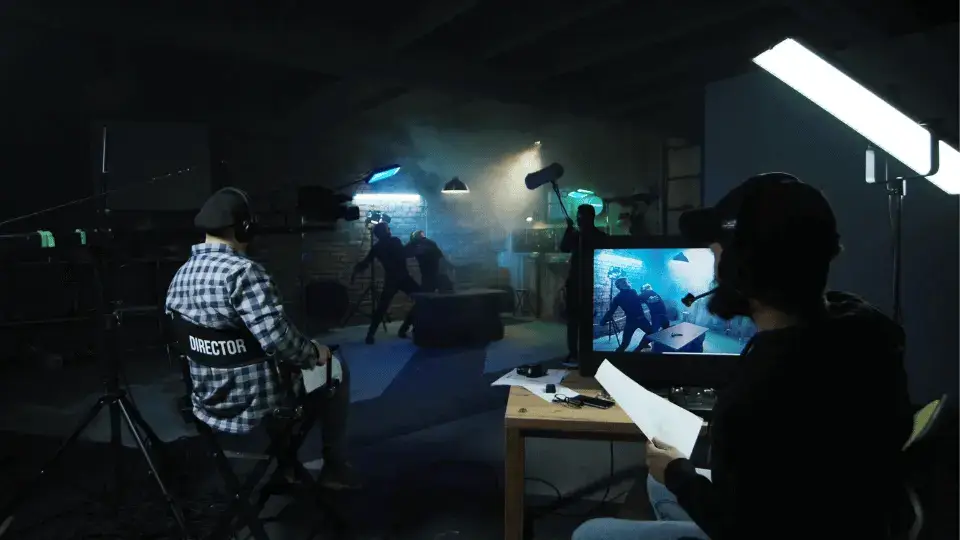Becoming a Successful Film Lighting Technician: Essential Tips and Tricks
If you are interested in a career in the film industry, becoming a film lighting technician can be a great choice. Film lighting technicians, also known as gaffers, are responsible for setting up and adjusting lighting equipment on movie sets. They work closely with the cinematographer and director to achieve the desired look and feel of a scene. In this article, we will discuss the essential tips and tricks for becoming a successful film lighting technician.
1. Gain Knowledge and Experience
To become a film lighting technician, you need to have a strong understanding of lighting techniques and equipment. You can gain knowledge and experience by taking film courses or working as an intern on a movie set. Many film schools offer programs in lighting design, cinematography, and film production. If you prefer hands-on experience, you can start as a lighting assistant and work your way up to become a gaffer.
2. Build Your Network
Networking is essential in the film industry, and it can help you land your first job as a lighting technician. Attend film festivals, industry events, and workshops to meet other professionals in the field. Join film organizations and groups, and participate in online forums and discussions. The more you connect with others in the industry, the more opportunities you will have to work on film sets.
3. Invest in Quality Equipment
As a film lighting technician, you will be responsible for setting up and adjusting lighting equipment on movie sets. It is essential to invest in quality equipment to ensure that you can do your job effectively. Some of the essential equipment includes lighting fixtures, gels, diffusers, and stands. You can purchase or rent equipment from reputable suppliers in the industry.
4. Learn to Work Under Pressure
Working on a movie set can be stressful, and you need to learn to work under pressure. You will be working long hours, often in challenging conditions, and you need to be able to remain calm and focused. Learn to communicate effectively with the cinematographer and director, and be willing to make adjustments to the lighting setup as needed.
5. Stay Up to Date with Technology
Technology is constantly evolving in the film industry, and you need to stay up to date with the latest trends and equipment. Attend workshops and seminars on new lighting techniques and equipment, and read industry publications to keep abreast of the latest developments. You can also join online forums and groups to discuss new technology with other professionals in the field.
Key Takeaways
Becoming a successful film lighting technician requires knowledge, experience, and networking. You can gain knowledge and experience by taking film courses, working as an intern, or starting as a lighting assistant. Building your network is essential in the film industry, and you can do this by attending industry events and joining film organizations. Investing in quality equipment is essential for doing your job effectively, and you need to learn to work under pressure. Finally, staying up to date with technology is critical in the film industry, and you can do this by attending workshops and seminars and reading industry publications.
If you are serious about pursuing a career in the film industry, you should consider taking the NYU Film and TV Industry Essentials online course and certificate program. This program is designed for individuals who want to gain a comprehensive understanding of the film and TV industry and learn from industry experts. The program covers topics such as film financing, screenwriting, cinematography, and post-production. By completing this program, you will have the knowledge and skills to succeed as a film lighting technician or pursue other careers in the industry.








